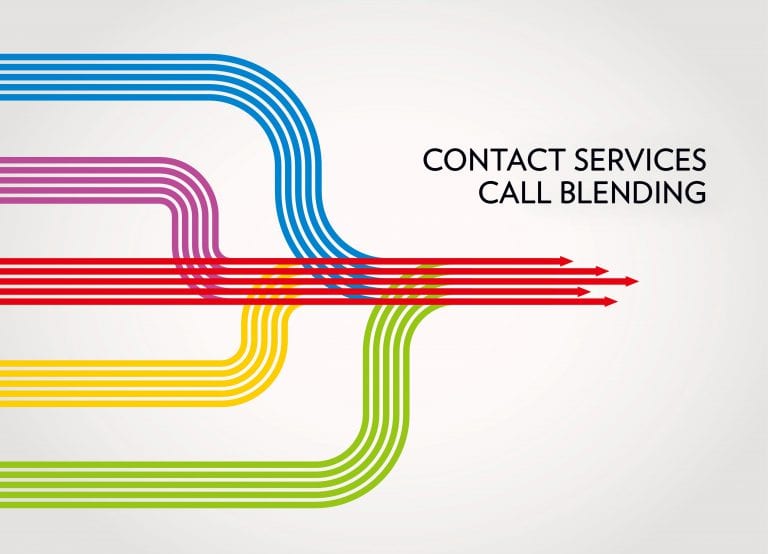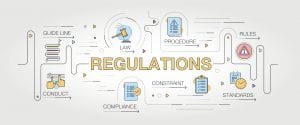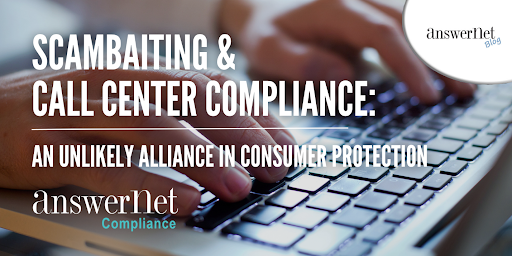By Marcia Jenkins, Senior Operations Manager
One of the best tools an outsource telemarketing or contact center manager has is the blended seat. A blended seat is a call center workstation that allows the call center agent to handle inbound calls, outbound calls, email, chats and text messages. Most call center management pros are adept at carefully constructing a plan where different call center agents are “skilled” for different types of contacts and by using skills and skills-based routing, the call center agents are kept busy with the contact types that they are most skilled at; however they are also available to handle non-primary contact types as needed to achieve the service level and customer satisfaction goals within the call center.
As a Senior Operations Manager in a work-from-home outsource telemarketing call center, my team is 100% blended and they handle multiple types of contacts for their assigned clients on a daily basis.
Here are some best practices if you’re considering the implementation of a blended seat into your call center or with your outsource telemarketing partner.
Outsource Telemarketing Agent Utilization – What is Too Busy?
You want to keep your agents busy, but not so busy they are overwhelmed. You want to be able to handle the incoming calls and meet the outbound calling hours required so begin with some heavy planning and forecasting. For example, if you are off by more than 10% on your forecast for inbound calls (more actual calls vs forecasted calls), then assuming you prioritize answering inbound calls, you will fall short of the expected outbound contacts from your team. Accuracy of planning and forecasting is critical to ensuring you achieve the contact goals across the organization. Also, in my experience, the agents will get burned off if they are utilized more than 80% of their day. So, if they are not in “wrap” or “not ready” or “break” mode at least 20% of their day, you may find your team will burn out and quit.
Forecasting Inbound Call Volumes, Emails, Chats, Texts and Outbound Contacts
Forecasting for inbound call volumes, emails, chats, texts and outbound contacts can be a bit tedious. Good planning is worth the time. When you have a clear picture of how long the calls should be, call volume on the inbound side and how many hours you need on the outbound side of things, you can accurately forecast staffing needs. And don’t forget the new contact methods that your call center team is handling: emails, chats, text and even social media posting, and responses should be considered in the forecast and planned for. Plan on the right amount of agents to handle the calls from the inbound side as well handle the outbound calls/hours you need.
Systems and Technology Ensure Proper Contact Management
A good contact management technology solution includes these features:
- Number of callers in the inbound queue
- How many calls are currently holding
- How long the callers have been holding
- Number of agents on calls
- Number of agents available
- % Calls answered within Service Level
- % emails handled within Service Level
- % chat sessions handled within Service Level
By having a good omni-channel contact management system in place, it is easier to maximize your Return On Investment. The blended seat contact solutions agents are literally flowing from contact to contact based on the priorities set by management, without logging in and out of different systems. The front-line agents are always busy. For example, if there are no inbound calls, emails, chats, or texts, the agent will be served outbound calls. And then the agents are available at a moment’s notice to quickly capture those spikes in inbound, chat or email volume. Technology and properly configuring the technology to meet the priorities of your business will ensure your ability to make the most of your contact solutions call center, whether it is an outsource telemarketing vendor or an internal contact center.
An Experienced Eye is a Plus
Making sure you have trained agents on the phone and the right quantity can be a challenge. You have attendance issues to deal with as well as spikes in volume. Having agents trained and ready to take overflow to assist with spikes and a watchful eye looking for those spikes helps to build the right balance. On slower inbound volume days, you can pack those outbound hours in as long as you have the technology to blend those seats. It can be very challenging, but I love it! (Well… most of the time.)
If you’re looking for a team that has the ability to achieve your goals and provide a great experience for your customers, give us a call at 1-866-963-2889. Or email me at Marcia.Jenkins@qualitycontactsolutions.com We’ll take care of the planning!
Other Articles You Might Find Interesting:
Reasons to Blend Inbound and Outbound Telemarketing Services
Minimum Technology for Inbound Call Center Vendors
Marcia Jenkins is a Senior Operations Manager for Quality Contact Solutions. Prior to joining Quality Contact Solutions, Marcia was a sought-after 10-year call center veteran with the ability to manage and sell. Marcia is responsible for the day to day operations for the At Home Division. QCS At Home is a work-from-home telemarketing and call center solution focused on business to business outbound telemarketing, test-bed projects and special programs which are typically not well-suited for the traditional brick and mortar call center.









